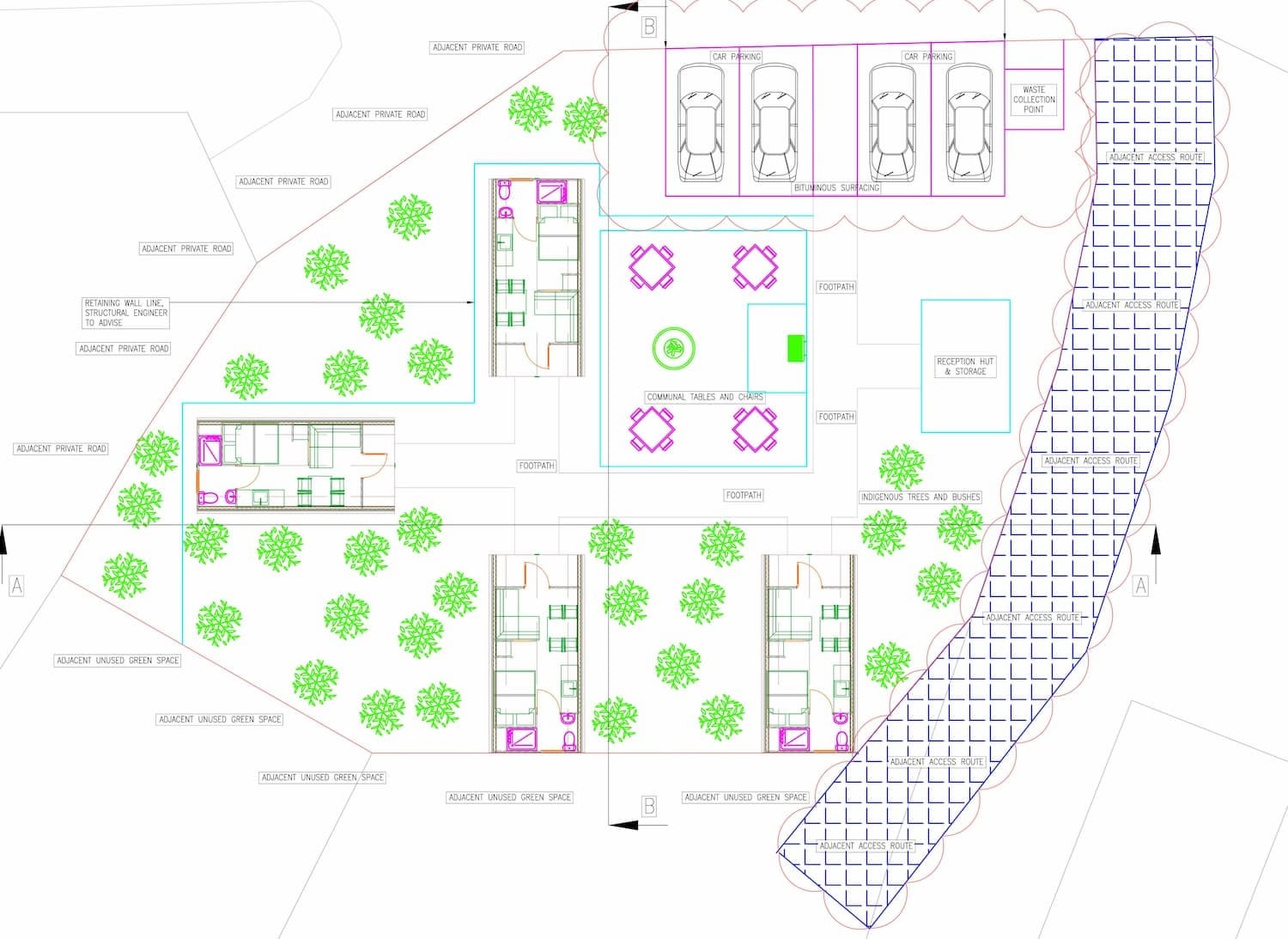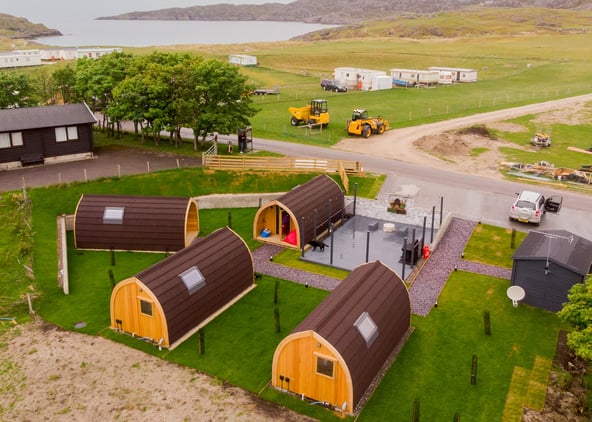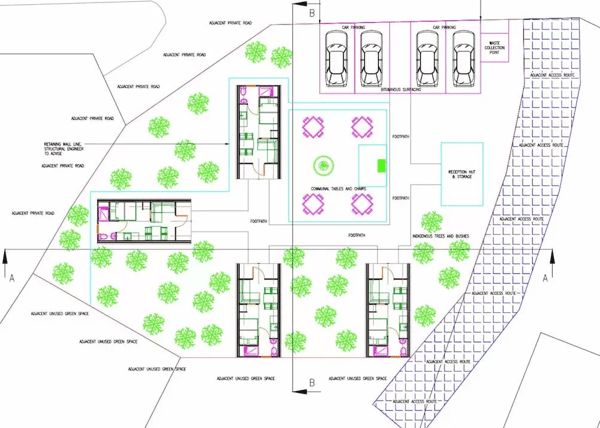Glamping Site Questions – Do I Need Planning Permission for Camping Pods?
Created by Calum Published on

We have established that glamping – the new level of camping – is not a phase, and it is in fact here to stay (and grow year on year). Great. We have a lovely piece of land that could turn in to an amazing glamping pod site. Excellent.
DOWNLOAD FREE GLAMPING PLANNING PERMISSION GUIDE
Now the big question. Do I need planning permission for camping pods, better known as glamping pods? The answer is…. probably. There are some exceptions which we will explore first to see if you can exempt yourself. Then we will go on to discuss what you do need to satisfy planning for those that do need permission.
Who Does not Need Planning Permission for Camping Pods?
In short there are 2 main groups of people that do not need planning permission for camping/glamping pods. Firstly, those whom are looking to put a single pod in their back garden for their own personal use. Secondly, pods that are able to be freely moved that can therefore be deemed as temporary structures.
Is my glamping idea feasible? Find out with a glamping feasibility study!
Single Pods in a Garden
Glamping pods installed in a garden as an addition to the house are exempt from requiring planning permission. This is only when these pods are to be used by the homeowners, i.e. they cannot be rented out. This is due to the fact the pods come under the permitted development rights for the house. The are seen as an enjoyable addition to the residential property and this does not require planning permission.
There are, however, a few restrictions to this. The pod cannot:
- Be over 2.5m in height
- Block light into neighbouring properties
- Obstruct neighbouring properties windows or doors
- Take up more than 50% of the total garden space
Should any of the above criteria not be met, the prospective glamping pod owner would require planning permission to install their pod.

Pods that are Temporary Structures
Ok, this is a bit of an ominous one. Some glamping pods can be classed as temporary or movable. In general, the most common is a Shepherd’s hut type, which has wheels. The argument here of course is that due to the wheels, they are movable and do not require full planning permission because of this. Whilst this may be the case with Shepherd’s huts that have no services connected (water, gas, electricity, sewage) it is a little harder when they do have services.
So, if you have a shepard’s hut that has no services, you may well be able to argue the point correctly that your hut is movable and thus does not require planning permission. If you do have services, essentially making your ‘movable’ hut non-movable, we would highly recommend seeking the correct planning permissions.
How much will my glamping site cost to build? Find out with our free glamping site setup cost calculator!
You Probably do Need Planning Permission
DOWNLOAD FREE GLAMPING PLANNING PERMISSION GUIDE
The good news is, we have a whole series of glampsite insight articles which can assist you on this. Click here to see some of these glamping planning permission articles. So what do you require now?

Local council planning has a few requirements that will definitely be needed when submitting an application and some which may or may not be, depending on each council’s preference.
Definite requirements:
- Location plan with land controlled by applicant outlined in red
- Site plan showing position of glamping pods
- Information on proposed pods (usually provided by manufacturer)
- Drainage plan (with consultation from SEPA/Environment Agency or local water company)
Additional requirements:
- Sections and elevations drawing
- Design statement
- Demand statement
- Visibility splay drawing (when connecting to existing roads)
- Noise control proposal (when near neighbours)